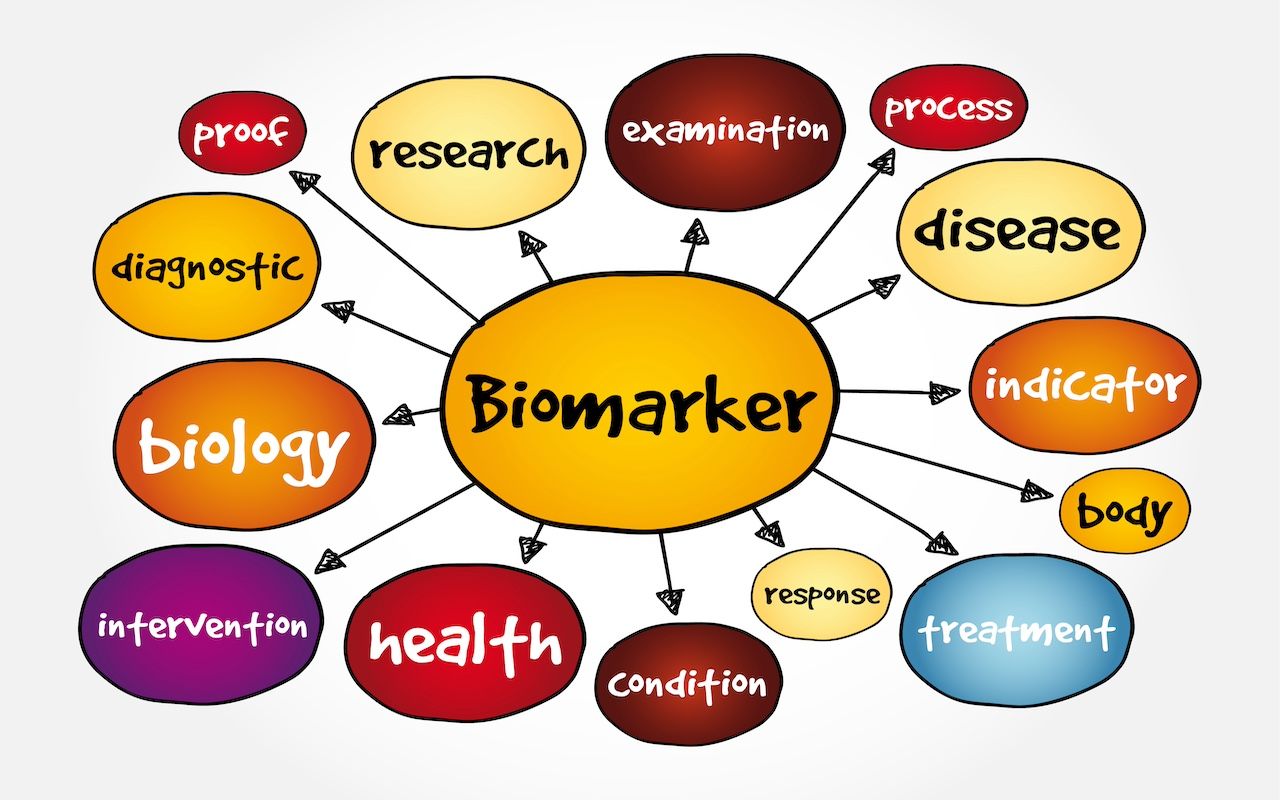- Center on Health Equity & Access
- Clinical
- Health Care Cost
- Health Care Delivery
- Insurance
- Policy
- Technology
- Value-Based Care
Type 1 Diabetes Onset Tied to Decreased Complement Protein Levels
These findings suggest complement protein levels may be an important biomarker for type 1 diabetes.
Disruption of the complement system appears to precede the onset of islet autoimmunity (IA), making it a potential early warning sign of type 1 diabetes (T1D), according to a new report.
The authors say the study, which was published in iScience, suggests that the complement pathway is an area warranting further research. They said that it is well understood that a period of IA precedes the onset of T1D. Beyond that, however, the disease is difficult to predict.
“While there is a consensus that chronic β cell autoimmune destruction is triggered by interactions of genetic, genomic, and environmental factors, the pathogenesis of the initiation and progression of the disease is still largely unknown,” they wrote.
Biomarker concept | Image credit: dizain - stock.adobe.com

Identifying potential biomarkers for T1D might pave the way to better understand the disease’s etiology, the authors said. Previous research suggests that the complement pathway could be a good place to start looking, they explained.
“For example, local production of complement component C3 is an important survival mechanism in β cells under a pro-inflammatory assault. In response to interleukin-1β and interferon-γ, C3 expression increases in rodent and human β cells,” they wrote. “This increased C3 expression may enhance autophagy—a protective response to β cell stress—and improve β-cell function.”
In the new report, the investigators looked at the complement system from IA through the onset of T1D using a longstanding birth cohort of high-risk children, the Diabetes Autoimmunity Study in the Young (DAISY) cohort. This study defines “high risk” for T1D as having a first-degree relative with T1D or high-genetic-risk human leukocyte antigen genotype.
The cohort included 172 people from the DAISY study, 40 of whom were controls and 132 of whom were cases. The authors conducted proteomic analysis on plasma samples from the participants. Follow-up lasted as long as 23 years. Each participant included in the analysis had multiple plasma samples, although the authors said the timing of the sampling was not consistent among all children. Forty-seven children had samples taken and tested prior to the onset of IA, and 131 children had samples taken after the onset of IA but before a diagnosis of T1D.
The authors found a clear trend of lower complement protein levels among children with IA who progress to T1D compared with those who do not. The only outlier was mannose-binding lectin 2, which increased in number.
“The classical and lectin pathways show the strongest decrease in complement proteins, observed by both statistical and machine learning analyses,” the study authors wrote, noting that their findings match earlier research suggesting that specific complement proteins were decreased in patients with T1D.
They said complement proteins appear to be “excellent” biomarkers, not only because of the findings of this study, but also because previous research shows reductions persist even after the development of T1D. They said one potential challenge to using complement proteins as a biomarker, however, is that they might also serve as biomarkers for other conditions, such as autism.
“Therefore, multi-panel biomarkers might be needed to properly diagnose specific diseases,” they said. “Multi-molecule panels are indeed excellent candidates for predictive biomarkers for T1D.”
The authors said the evidence also may indicate that complement proteins play a role in disease development, although they said that question warrants further research.
Reference
Webb-Robertson BM, Nakayasu ES, Dong F, et al. Decrease in multiple complement proteins associated with development of islet autoimmunity and type 1 diabetes. iScience. 2023;27(2):108769. doi:10.1016/j.isci.2023.108769
Health Outcomes of Dually Eligible Beneficiaries Under Different Medicare Payment Arrangements
December 1st 2025Within the same physician groups, 2-sided risk in Medicare Advantage (MA) was associated with higher quality and lower utilization for dually eligible beneficiaries compared with fee-for-service MA and traditional Medicare.
Read More
